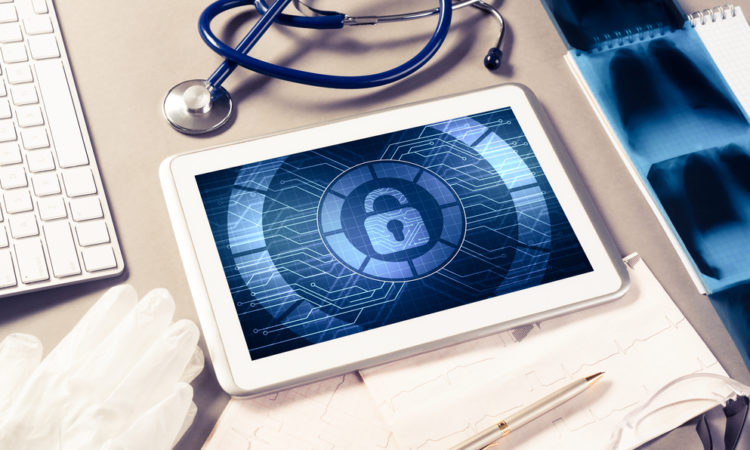The Upheaval of Healthcare Cyber-Attacks in the Time of COVID-19

Doctors workplace with white tablet stethoscope and mask
Our lives can almost be divided into pre-pandemic and post-pandemic; everything has drastically changed as of March 2020. One of the most noticeable outcomes of COVID-19 is the rise of cybercrime. A huge sector that has been a victim of cybercrime is the health care sector.
Healthcare cybersecurity statistics (2021)
- The pandemic forced most sectors to start operating online; there was a surge in telehealth usage. And, along with that, there was a simultaneous surge in cyber-attacks on telehealth providers.
- Security alerts sent to 148 hospitals had gone up 30% for the period March-April 2020. (Health Care Dive)
- The first half of 2020 witnessed a 50% increase in cyber-attacks, with 132 reported attacks on network servers, computers, emails, and electronic medical record systems. (Medical Economics)
- The Department of Health and Human Services said “that almost every month last year [2020] more than 1 million people were affected by data breaches at health-care organizations.” (Forbes)
How Do Cyber-Attacks Affect the Health Care Sector?
Hospitals, like most other organizations, had not been prepared for the pandemic. As a result, when hospitals were forced to start operating online, they had not been ready to face and stop cyber-attacks.
Patient data is confidential information meant to be kept safe. And so, attackers specifically make a point of targeting this data, more often than usual, to ask for a ransom.
Attackers also steal patient data to sell “identity kits” on the dark web. Buyers can use these “identity kits” to create fake IDs and abuse insurances.
How Can the Health Care Sector Protect Itself Against Cyber-Attacks?
Health systems dedicate only 4% to 7% of their budget toward cybersecurity (Medical Economics). And as the saying goes, prevention is better than cure. Therefore, more money should be spent on protecting patient data instead of being wasted away on paying for ransoms.
Health systems need to be much more secure. This security can be acquired by using virtual private networks (VPNs). Solid VPNs can provide military-grade security levels with the AES-256-bit encryption. Governments and banks also use this type of encryption to protect top-secret confidential information.
Many VPNs out there offer high levels of security; check the list of the top VPN services on the market, rated and ranked.
If health systems utilize VPNs to encrypt their sensitive data, attackers will have a non-zero chance of hacking the systems and stealing data.
The safety of patient data needs to be the top priority for health care systems. And now that cyber-attacks have already hit the health care sector, preparations should be made to avoid further attacks in the future.






